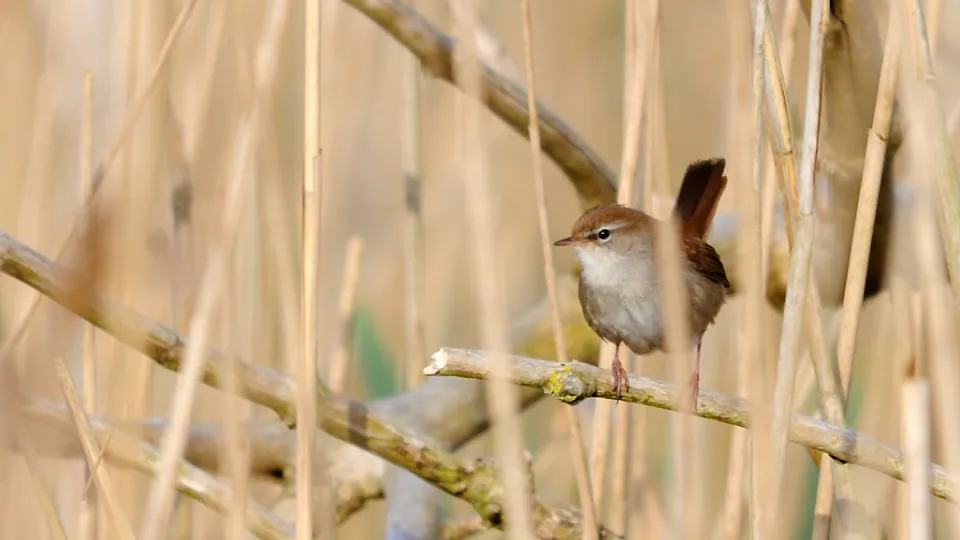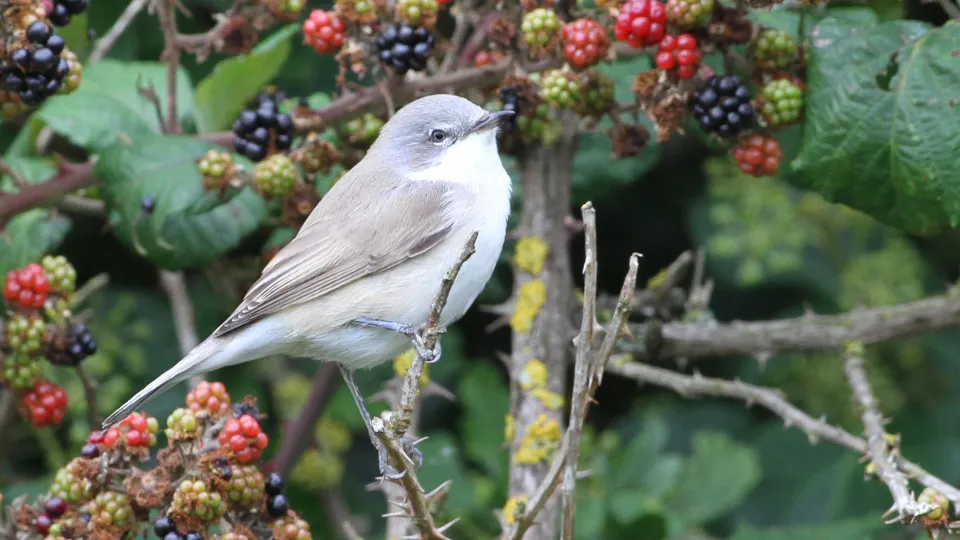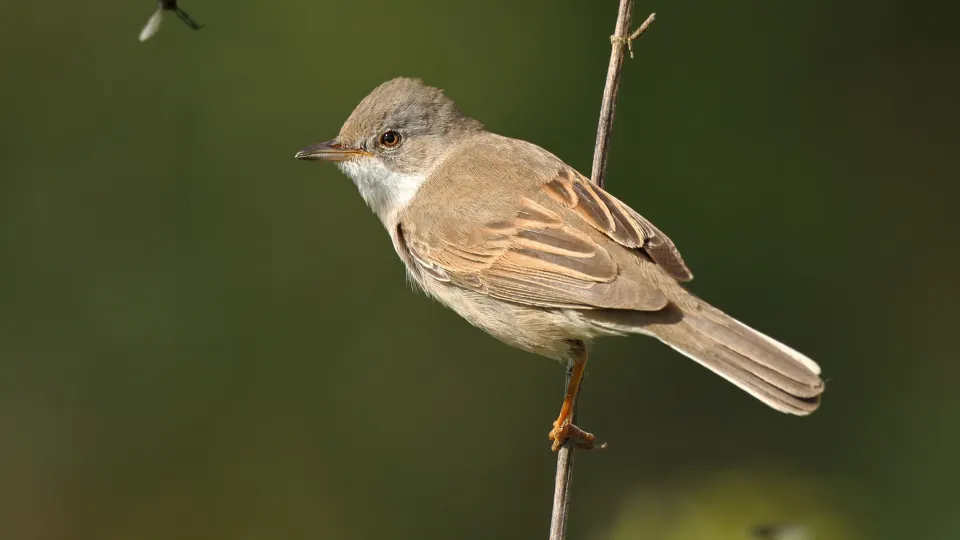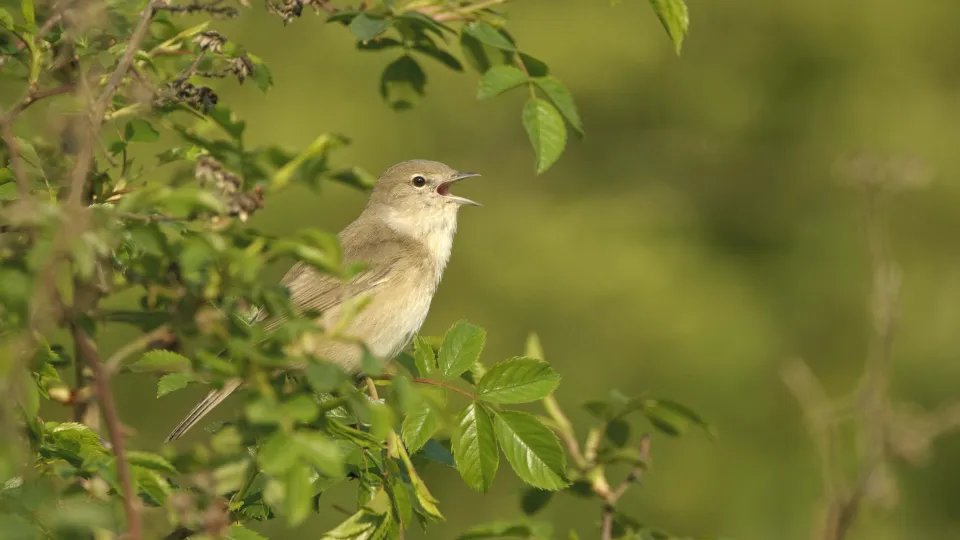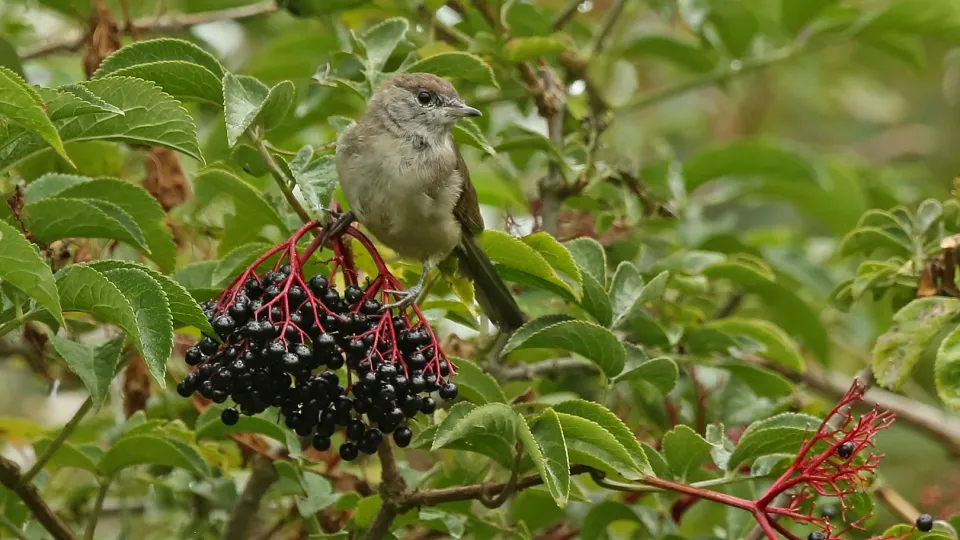
Grasshopper warbler
This small summer migrant travels from Africa to breed in the reedbeds of the UK. Rarely seen but given away by its insect like trilling call; the movement of the head during calling makes it tricky to pinpoint the exact location of singing perch.


